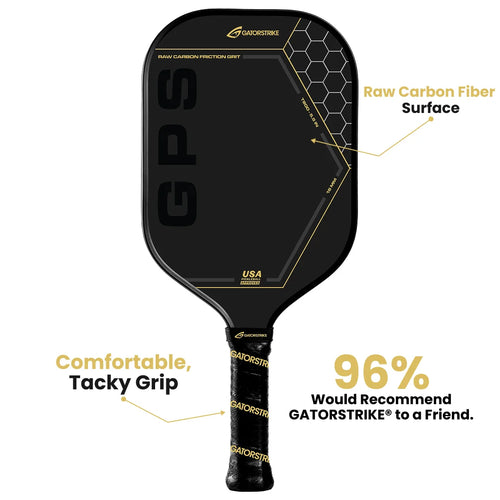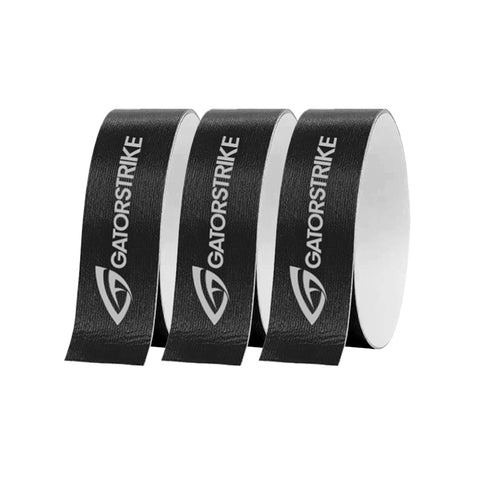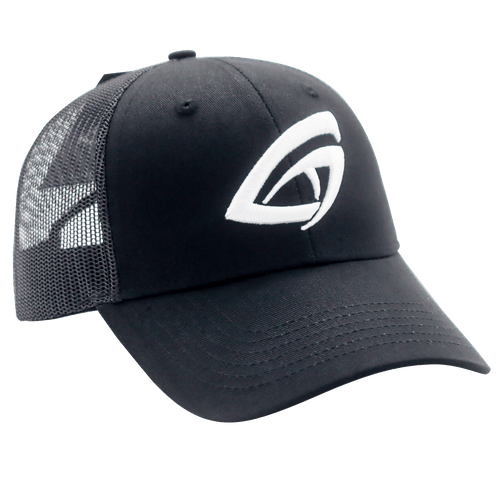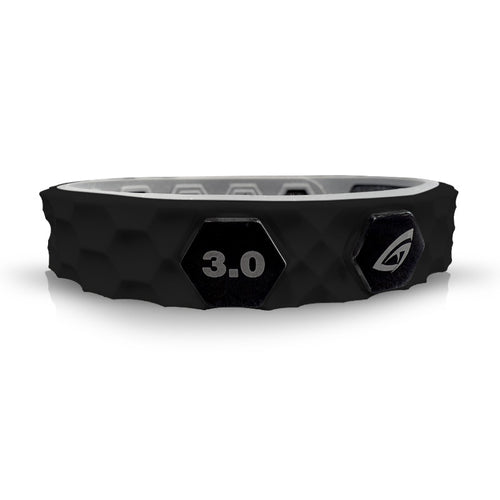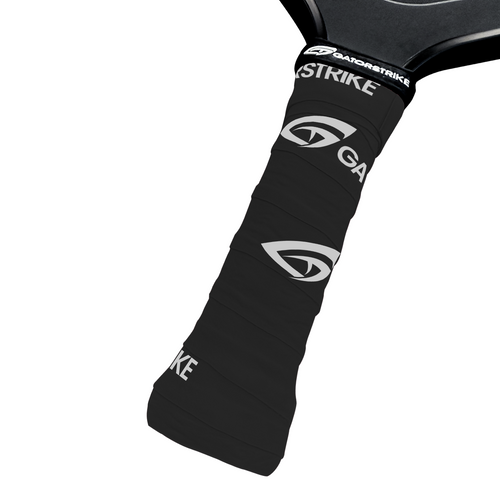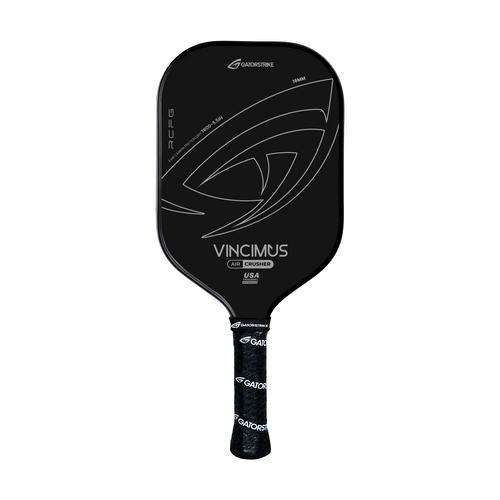
Adaptive Pickleball: Strategies for Players with Physical Limitations
Share
Pickleball is often lauded as the most inclusive racket sport—and for good reason. With its accessible court size, slower ball speed, and community-driven culture, the game welcomes players of all ages and abilities. But for athletes with physical limitations, the challenge isn't just participation—it's thriving on the court with tailored strategies that amplify strengths and minimize limitations.
Adaptive pickleball is more than a variation of the game—it’s a testament to human resilience, creativity, and love for sport. Whether you’re playing seated, managing joint pain, or navigating mobility impairments, there are techniques and tactics to help you compete with confidence.
1. Know Your Boundaries, Then Strategize Around Them
Every adaptive athlete has a unique profile. Some might have limited mobility on one side of the body, while others may be playing from a wheelchair or recovering from an injury. The first step toward peak performance is understanding your physical limits—then designing a playstyle that aligns with your capabilities.
Tactical tip: Focus on spatial anticipation and positioning. If mobility is limited, positioning yourself early in high-traffic zones (like the NVZ or centerline) will reduce the need for excessive movement and improve reaction time.
2. Master the Soft Game—Your Silent Weapon
Power is often glamorized in pickleball, but precision and touch win matches—especially for adaptive players. The “soft game” (dinks, drops, and resets) can neutralize hard-hitting opponents and slow the tempo in your favor.
Focus on:
- Controlled dinks that limit your opponent’s aggressive angles
- Gentle third-shot drops to regain positioning
- A consistent block volley to defend against fast drives
This style allows for minimal footwork and emphasizes paddle finesse over athletic explosiveness.
3. Play Smart with Paddle Technology
Adaptive players can benefit significantly from the right equipment. Lightweight paddles with elongated handles or oversized sweet spots can help offset restricted mobility or limited reach.
Pro tip: Look for paddles with high forgiveness ratings and vibration-dampening cores to minimize stress on joints and maximize touch feedback.
Custom grips, wrist braces, and adaptive gloves are also becoming more common, enhancing grip security and paddle control.
4. Double Up on Strategy in Doubles Play
Doubles pickleball is a strategic haven for adaptive players. By partnering with someone whose movement complements yours, you can form a dynamic duo that covers the court with efficiency and harmony.
Suggestions for adaptive doubles play:
- Use staggered positioning: place the more mobile partner slightly behind to handle lobs.
- Establish clear communication rules to avoid confusion during fast-paced volleys.
- Practice coordinated shot patterns, such as crosscourt dinks or planned switches.
5. Train Differently, Not Less
Training for adaptive pickleball should emphasize muscle groups that are most in use, improve paddle dexterity, and enhance mental acuity. Many players benefit from seated drills that sharpen paddle accuracy or reaction-ball drills that train quick decision-making.
Incorporating aquatic therapy, chair yoga, or resistance bands into off-court routines can help improve joint flexibility and core strength without overexertion.
6. Mental Fortitude Is Your Greatest Asset
Playing with a physical limitation requires more than just physical adaptation—it demands mental resilience. Stay grounded in self-compassion, celebrate small wins, and remember that your presence on the court is a triumph in itself.
Mindset mantra: “Adaptation is strength.”
Each match is an opportunity to redefine possibility and inspire others through perseverance and play.
Conclusion
Adaptive pickleball proves that the spirit of competition doesn’t wane with physical challenges—it evolves. By mastering modified techniques, embracing paddle technology, and leaning into strategic play, athletes with physical limitations can find not only victory on the court but joy in every rally.
Whether you’re serving from a seated position or returning shots with limited mobility, your game can be just as sharp, strategic, and exhilarating as anyone else's. In pickleball, every player has a place—and the adaptive athlete continues to redefine what’s possible, one point at a time.
